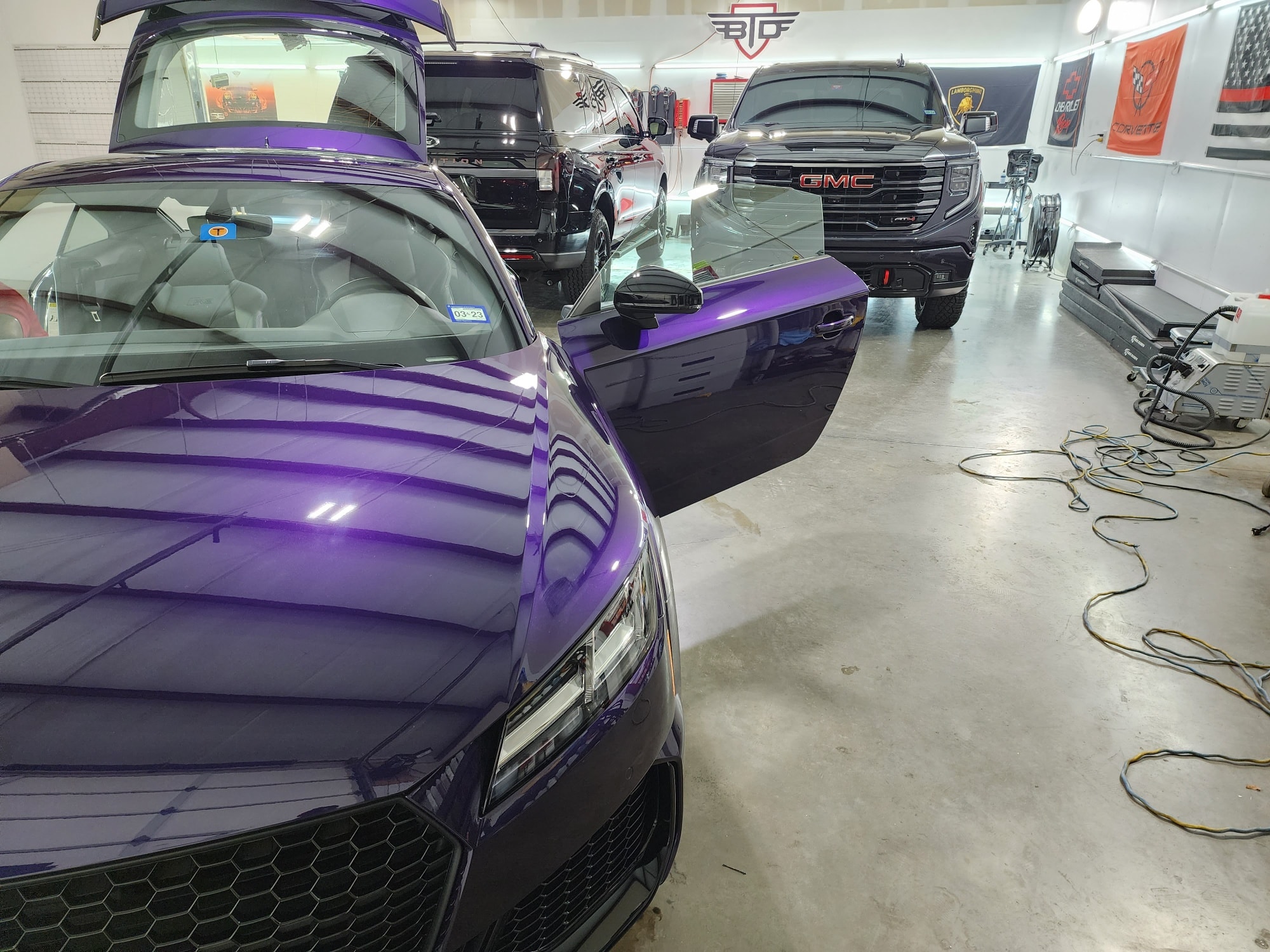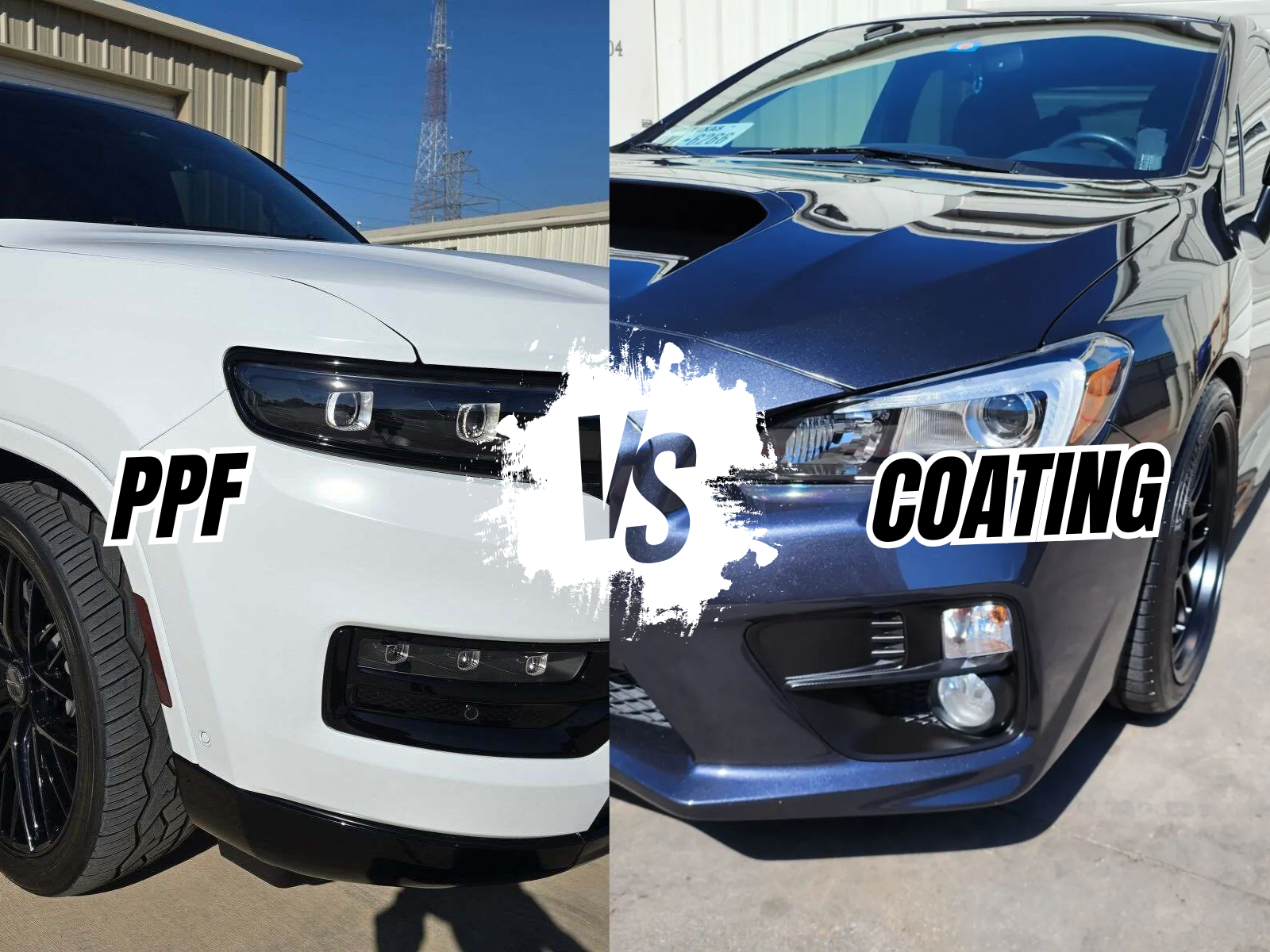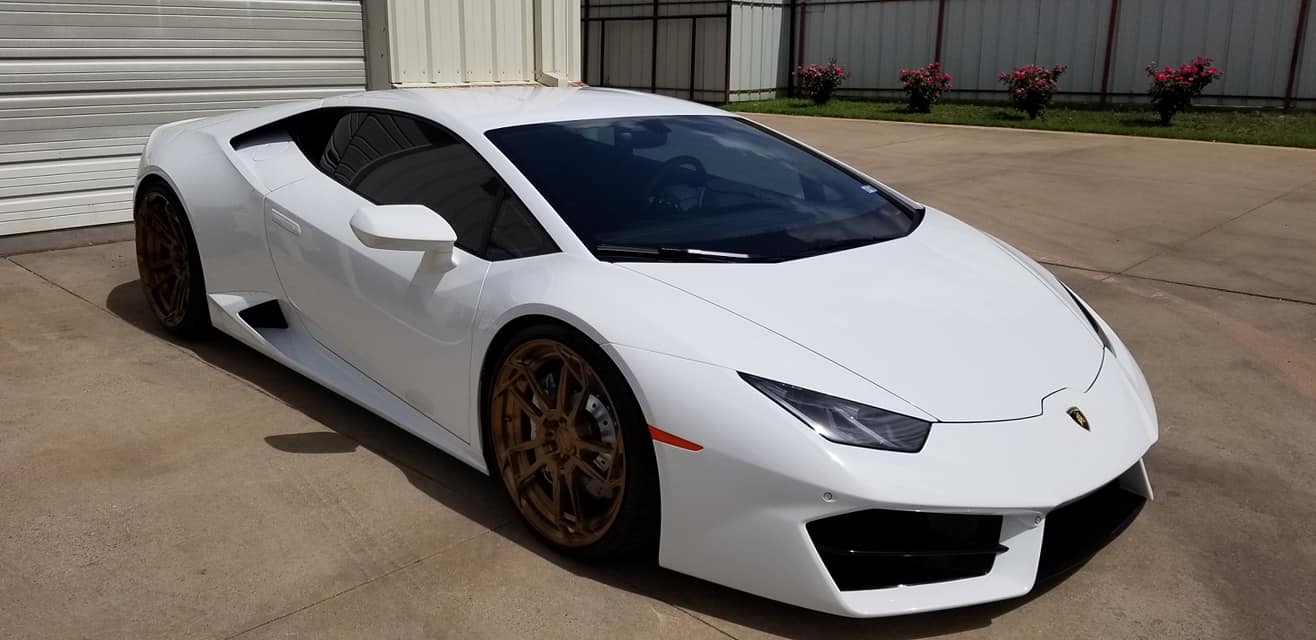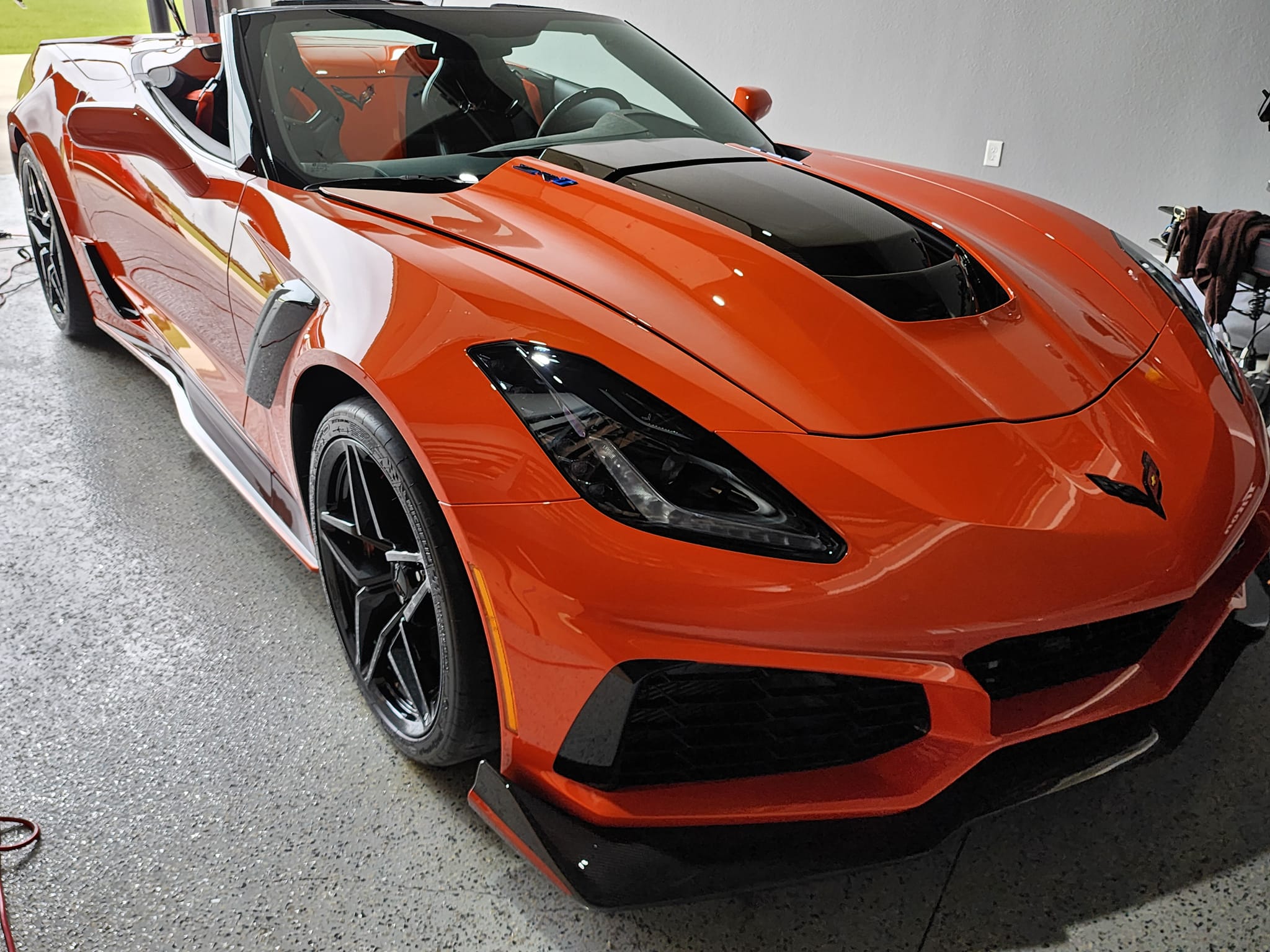Imagine two identical cars sitting side by side at a dealership. Both are the same make, model, and year, with similar mileage. One commands a significantly higher price than the other, selling faster and attracting more serious buyers. The difference? One owner made a smart decision years earlier to protect their investment with paint protection film (PPF). This scenario plays out countless times across used car lots, demonstrating how a single protective measure can dramatically impact a vehicle’s resale value.
Understanding Paint Protection Film
Paint protection film, often referred to as PPF or “clear bra,” represents one of the most advanced vehicle protection technologies available today. This transparent thermoplastic urethane film creates an invisible shield over a car’s painted surfaces, acting as armor against the daily hazards that threaten automotive finishes.
Modern PPF technology has evolved far beyond its original role as a simple protective barrier. Today’s premium films feature self-healing properties that automatically repair minor scratches when exposed to heat from the sun or engine warmth. This advanced technology ensures that vehicles maintain their pristine appearance even after years of driving, a factor that significantly contributes to preserving their resale value.
The Direct Connection Between PPF and Resale Value
The relationship between paint protection film and vehicle resale value isn’t just theoretical—substantial industry data and real-world market evidence back it. Automotive industry reports consistently show that vehicles equipped with quality PPF retain significantly higher resale values compared to unprotected counterparts.
This value retention stems from PPF’s ability to preserve what buyers value most: appearance and condition. When potential buyers examine used vehicles, they instinctively assess the exterior condition as a primary indicator of overall care and maintenance. A car with PPF protection displays pristine paint, minimal visible wear, and an overall appearance that suggests meticulous care and ownership.
The timeline of ownership plays a crucial role in realizing these benefits. Vehicle owners who install PPF early and maintain it properly see the most dramatic impact on resale value, particularly in the three- to five-year ownership window, where depreciation curves begin to flatten and condition becomes increasingly important to buyers.
Key Ways PPF Maximizes Resale Value
Superior Protection Against Paint Damage
The primary way PPF boosts resale value lies in its exceptional ability to prevent paint damage that would otherwise require expensive repairs. Road debris, rock chips, and gravel strikes that routinely plague unprotected vehicles are absorbed by the PPF layer, leaving the original paint underneath completely intact.
This protection becomes particularly valuable for vehicles regularly driven on highways or in construction zones, where the risk of paint damage increases significantly. By preventing chips, scratches, and stone damage, PPF eliminates the need for costly touch-up work or panel repainting that can negatively impact both appearance and resale value.
UV Defense and Color Preservation
Beyond physical protection, PPF provides crucial defense against ultraviolet radiation that gradually fades and degrades automotive paint. Vehicles protected with high-quality PPF maintain their original color vibrancy and finish depth far longer than unprotected cars, which often show visible fading and oxidation after just a few years of exposure.
This color preservation proves especially valuable for vehicles with premium paint finishes or unique colors, where maintaining a factory-fresh appearance directly translates to higher market appeal and resale prices.
Read this interesting article about PPF VS Ceramic Coatings
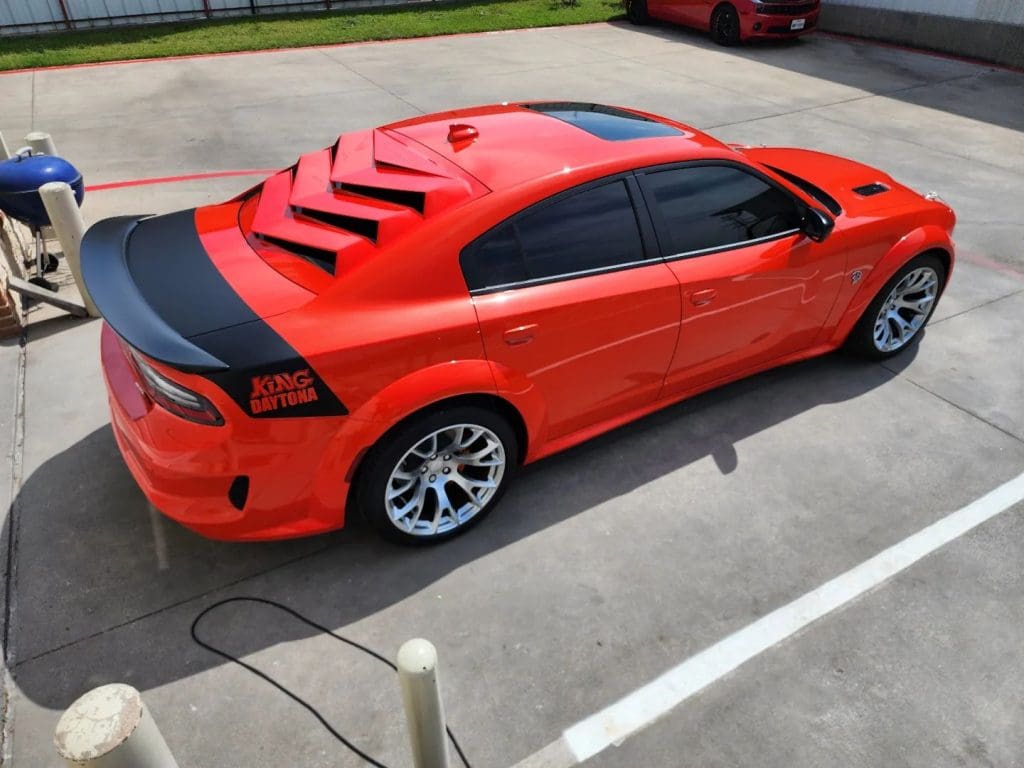
Self-Healing Technology Eliminates Wear Signs
Modern PPFs’ self-healing capabilities represent a game-changing advantage for resale value preservation. Minor scratches, swirl marks, and surface abrasions that would normally accumulate over time simply disappear when the film is exposed to heat, either from sunlight or warm water during washing.
This technology ensures that vehicles maintain their showroom appearance throughout the ownership period, presenting potential buyers with cars that look remarkably fresh despite years of use. The psychological impact of seeing a seemingly pristine vehicle cannot be overstated in resale negotiations.
Enhanced Buyer Appeal and Market Position
Vehicles with PPF protection enjoy a significant competitive advantage in the used car market. Buyers are increasingly recognizing PPF as a premium feature that signifies exceptional care and forward-thinking ownership. This perception enables sellers to position their vehicles at higher price points, often resulting in faster sales.
The professional appearance maintained by PPF-protected vehicles creates powerful first impressions during showings. When buyers see gleaming, chip-free paint, they immediately form positive associations about the vehicle’s overall condition and the owner’s attention to detail.
Investment Considerations and Return Potential
While PPF installation requires an upfront investment, savvy car owners understand that this cost should be evaluated against the potential return when the car is sold. The protective benefits compound over time, with each prevented chip, scratch, or fade mark representing avoided repair costs and maintained value.
The return on investment becomes particularly compelling for higher-value vehicles, where even small percentages of preserved value can represent substantial dollar amounts. Luxury cars, sports vehicles, and limited-edition models see especially strong returns from PPF protection, as buyers in these segments place a premium value on pristine condition.
Coverage decisions have a significant impact on both the initial investment and the ultimate return. Strategic partial coverage, focusing on high-impact areas, can provide excellent protection at a moderate cost, while full-vehicle coverage offers maximum preservation for owners planning longer-term ownership or seeking to maximize their resale value.
Making the Right Decision for Your Vehicle
Determining whether PPF represents a smart investment requires an honest assessment of several key factors. Vehicle type and value play crucial roles, with higher-end cars typically showing stronger returns from protection. Similarly, the ownership timeline matters significantly—those planning to keep vehicles for several years see greater benefits than those who trade frequently.
Driving patterns and usage also influence the value proposition. Daily highway commuters, weekend enthusiasts who enjoy spirited driving, or owners in harsh climate conditions all face elevated risks that make PPF protection particularly valuable.
The quality of both the film and installation proves critical to realizing maximum resale benefits. Premium films from established manufacturers, installed by certified professionals, provide the durability and appearance that buyers recognize and value. Cutting corners on quality can hurt resale value if poor installation or inferior film creates visible problems.
Professional Installation and Documentation
The impact of PPF on resale value depends heavily on professional installation and proper documentation. Certified installers ensure that the film is applied seamlessly, without bubbles, edges, or other defects that could detract from its appearance. Quality installation creates an invisible protection layer that maintains the vehicle’s original aesthetic appeal.
Keeping detailed records of PPF installation, including warranties and maintenance history, provides valuable documentation for resale. Buyers appreciate transparency about protective measures, and professional installation certificates demonstrate the owner’s commitment to vehicle care.

Long-Term Value Preservation Strategy
Maximizing PPF’s impact on resale value requires viewing it as part of a comprehensive vehicle care strategy. Regular maintenance, proper washing techniques, and occasional professional inspections ensure that the film continues providing optimal protection throughout the ownership period.
This holistic approach to vehicle care creates a compelling narrative for potential buyers, demonstrating systematic attention to preservation that extends beyond just the PPF installation. Such evidence of comprehensive care often justifies premium pricing in competitive markets.
Conclusion
Paint protection film is one of the most effective strategies available for preserving and enhancing a vehicle’s resale value. Through superior protection against damage, UV defense, self-healing technology, and enhanced market appeal, PPF creates tangible financial benefits that extend far beyond its initial cost.
For car owners serious about protecting their automotive investments, PPF offers a proven path to maintaining value while enjoying peace of mind during ownership. The combination of a preserved appearance, prevention of damage, and enhanced buyer appeal creates a compelling case for protection that becomes increasingly valuable over time.

